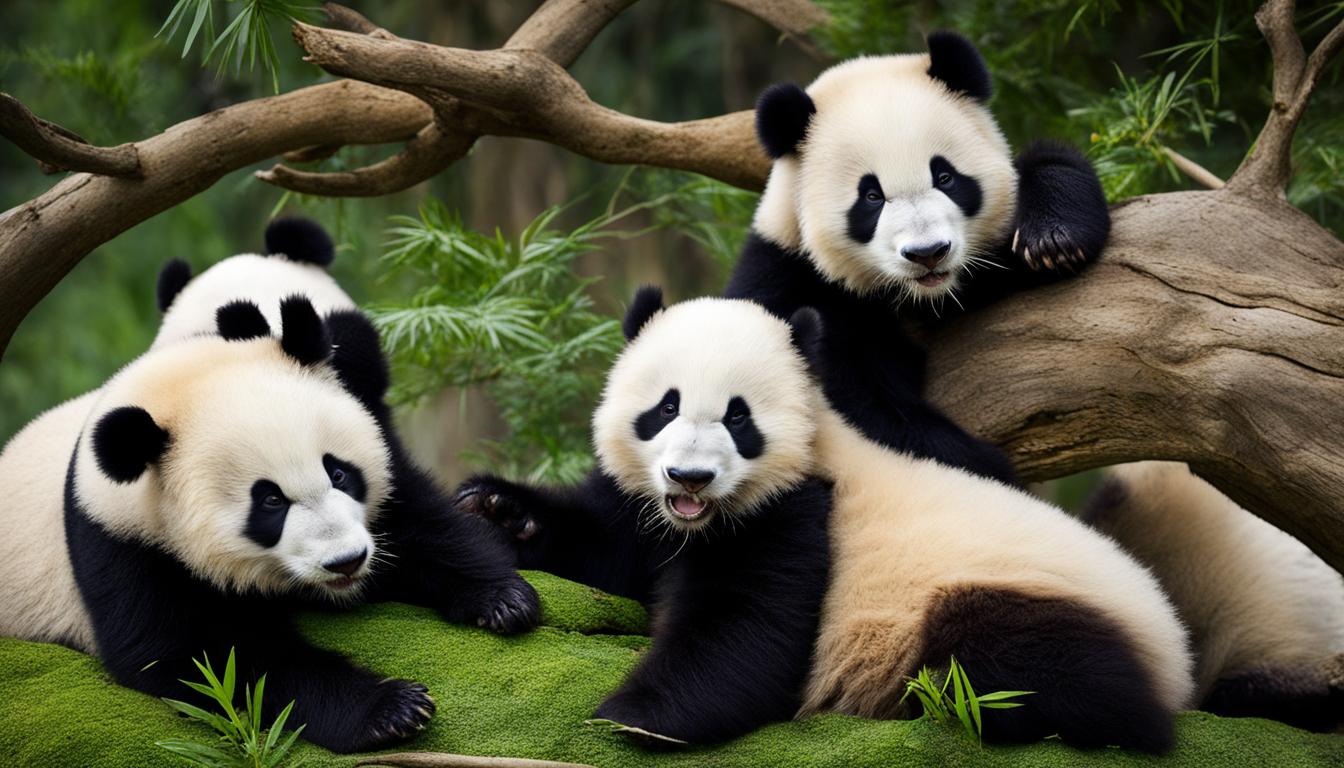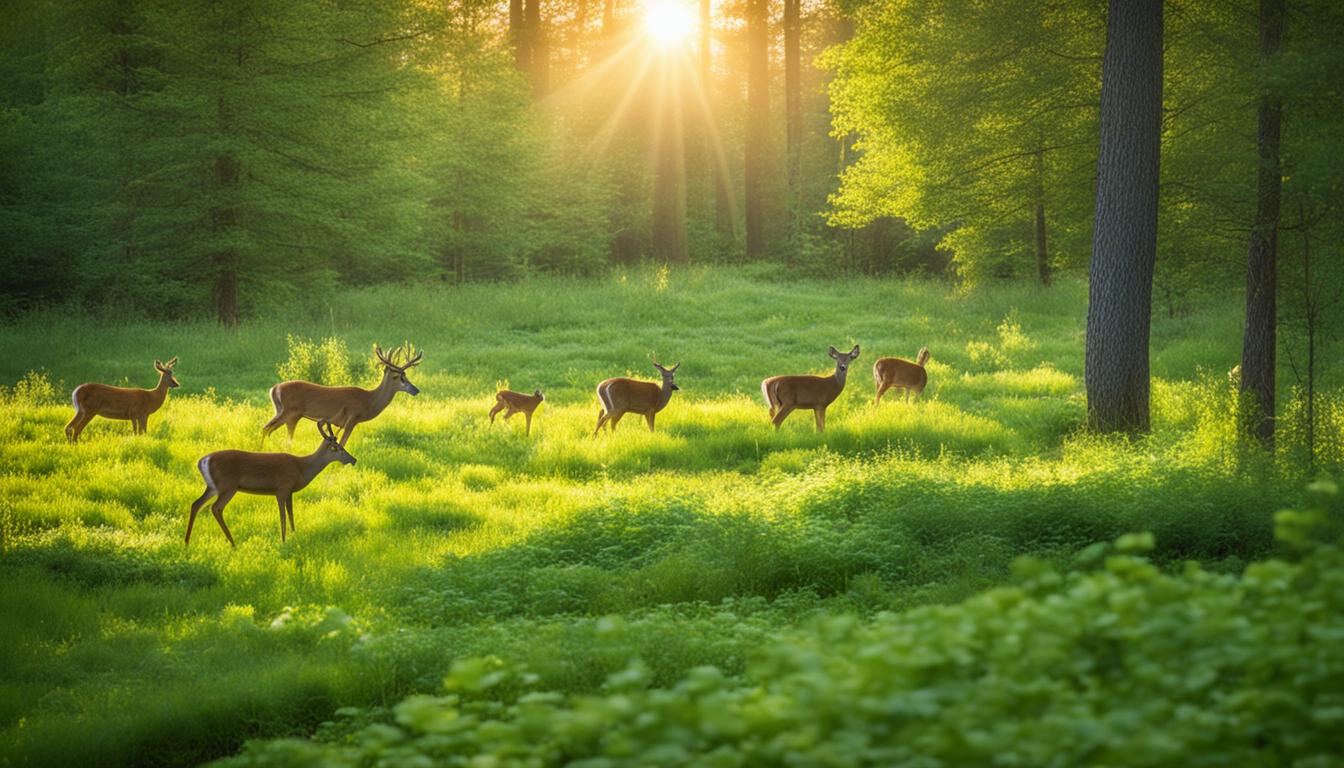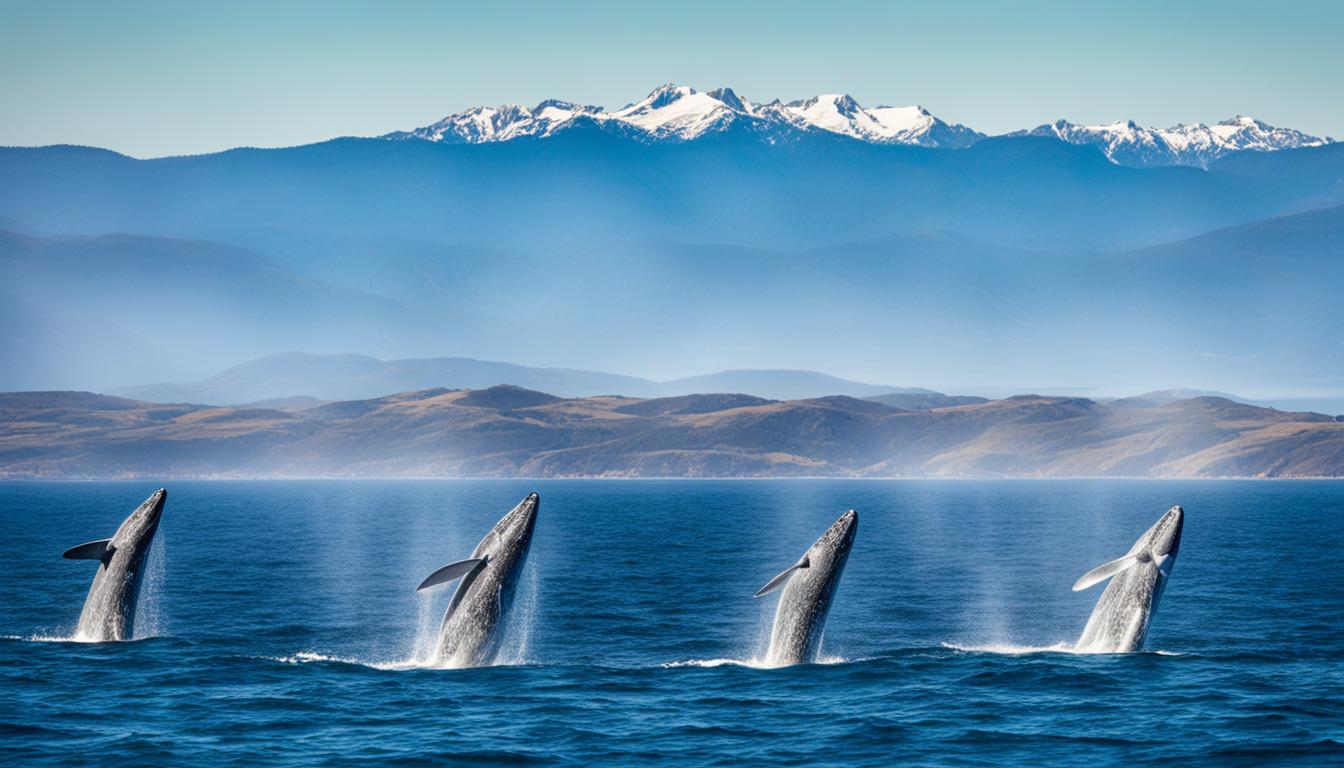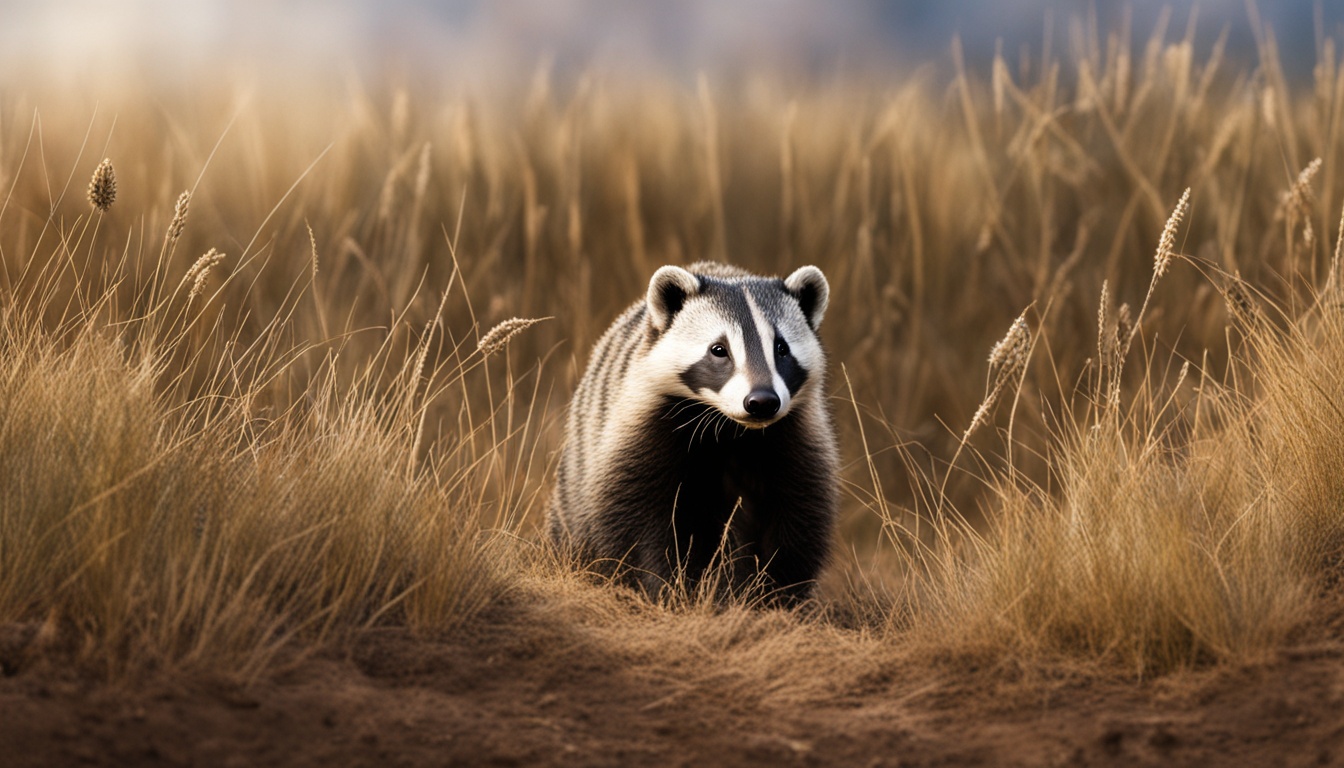When it comes to giant pandas, their social structure is quite unique. Despite their solitary nature, these magnificent creatures have important interactions and relationships within their groups. So, let’s dive in and explore the fascinating world of panda social structure.
Research has shown that individual giant pandas have social networks and engage in indirect interactions that help maintain sociality in this solitary species. Sex and age play a role in the social network and genetic network of giant pandas, with adult males having larger network connections than adult females.
The social structure is influenced by the relatedness of individuals, with male-male pairs showing higher relatedness than female-female pairs. Additionally, there is evidence of female-biased dispersal, leading to the formation of multigenerational patrilinear assemblages in the study area.
By understanding the social structure of giant pandas, we can contribute to their conservation and management, ensuring the long-term survival of this endangered species. So, join us on this journey as we unravel the intricacies of panda social structure.
Factors influencing giant panda social structure
Understanding the social behavior and organization of giant pandas is crucial in ensuring their conservation and management. The social structure of giant pandas is influenced by various factors, which shape their interactions and relationships within groups. Panda social behaviors, organization, and hierarchical structures are all impacted by these factors. Let’s explore some of the key influencers.
Resource abundance and environmental changes
The availability of resources plays a significant role in shaping the social structure of giant pandas. As resource abundance fluctuates, it can lead to fission and fusion events within the panda population. When resources are limited, pandas may come together and form temporary groups to increase their chances of survival. Conversely, when resources are abundant, pandas may disperse and become more solitary in their behaviors.
Reproductive status and social interactions
The reproductive status of individual pandas also influences their social interactions. During the breeding season, male pandas may compete for the attention of females, leading to the formation of temporary hierarchies within the group. Social interactions during this period can include displays of dominance and courtship behaviors. Understanding these dynamics is crucial for managing breeding programs and ensuring successful reproduction in captive populations.
Chemical communication and pheromone detection
Giant pandas rely heavily on chemical communication and pheromone detection to establish and maintain social bonds. By depositing pheromones in their environment, pandas can indirectly communicate information about their presence, reproductive status, and territory boundaries. This chemical communication helps to reduce direct competition and conflicts among individuals, contributing to the stability of their social structure.
| Factor | Influence on Social Structure |
|---|---|
| Resource abundance and environmental changes | Fluctuations in resources can lead to fission and fusion events, shaping the social interactions of pandas. |
| Reproductive status and social interactions | During the breeding season, temporary hierarchies may form, influencing social behaviors and mate selection. |
| Chemical communication and pheromone detection | Indirect interactions through pheromones help establish social bonds and reduce conflicts among pandas. |
By understanding the factors that influence giant panda social structure, researchers and conservationists can implement effective measures to protect and preserve these magnificent creatures. The intricate social dynamics of giant pandas highlight the importance of their conservation in both wild and captive environments, ensuring the long-term survival of this endangered species.
Indirect interactions and social behavior in giant pandas
Giant pandas, despite their solitary nature, exhibit complex social behaviors and interactions through indirect means. These interactions are crucial for maintaining social bonds and communication within their groups, known as panda family units. Indirect interactions in giant pandas primarily occur through chemical communication and information exchange, allowing individuals to gather crucial details about other pandas’ presence and social dynamics. This chemical communication is facilitated by their highly developed sense of smell, which enables them to detect pheromones deposited in the environment by other pandas.
The social dynamics of giant pandas are characterized by loose social bonds and potential social networks formed through these indirect interactions. While they do not engage in direct contact, giant pandas rely on these interactions to establish and maintain social connections within their groups. These connections influence the social structure and organization of giant pandas, with evidence of male-male pairs exhibiting higher relatedness than female-female pairs.
Female-biased dispersal, another notable behavior in giant pandas, contributes to the formation of multigenerational patrilinear assemblages within the species. This behavior results in the establishment of social structures influenced by the relatedness of individuals. By understanding the significance of indirect interactions and the social behavior of giant pandas, researchers can gain valuable insights into their social dynamics and contribute to the conservation and management of this endangered species.
“Indirect interactions in giant pandas play a crucial role in their social dynamics and maintenance of social bonds within family units. Chemical communication and information exchange through pheromones allow these solitary creatures to establish social connections despite limited direct contact.”
The Importance of Indirect Interactions
Indirect interactions play a vital role in the social behavior of giant pandas, emphasizing the significance of chemical communication and its impact on the formation of social networks and social structure within panda family units. These unique behaviors contribute to the overall understanding of giant pandas and their intricate relationships within their groups.
Pandas in the Wild: Understanding Panda Behavior
When it comes to observing giant pandas in the wild, social network analysis provides valuable insights into their behavior and interactions. By tracking the movements of individual pandas over time, researchers can uncover the dynamics of their social structure. Through this analysis, it has been revealed that giant pandas have highly overlapped home ranges, but they generally do not have direct contact with each other. This information helps us understand the social organization of these fascinating creatures.
One of the key findings from social network analysis is the potential kinship relationships among giant pandas. Genetic relatedness plays a role in their social structure, with individuals forming loose social bonds and engaging in indirect interactions. These interactions are dominated by chemical communication and pheromone detection, which allow pandas to gather information about the presence of other individuals without direct contact. This unique communication method contributes to the maintenance of social behaviors within their groups.
Table: Social Network Analysis of Giant Panda Groups
| Individual | Network Connections | Kinship Relationship |
|---|---|---|
| Male Panda A | 12 | Father |
| Female Panda B | 8 | Mother |
| Male Panda C | 10 | Sibling |
This table presents an example of social network analysis, showcasing the network connections and kinship relationships within a group of giant pandas. It illustrates the complex social structure and interconnections among individuals. These analyses not only deepen our understanding of panda behavior but also contribute to their conservation and management in the wild.
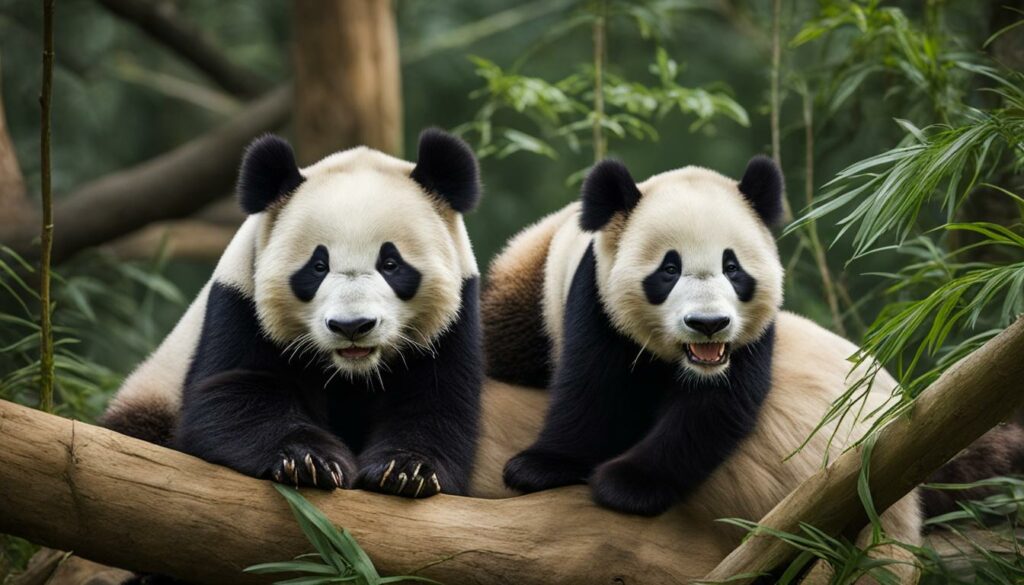
Exploring the Complexity of Giant Panda Social Structure
The social structure of giant pandas is a fascinating subject of study. Through social network analysis, researchers can uncover the intricacies of their relationships and interactions. By understanding the social dynamics of pandas, we gain valuable insights into their behavior and can make informed decisions to ensure their long-term survival.
Overall, the social structure of giant pandas is shaped by various factors, including sex, age, and genetic relatedness. Indirect interactions and chemical communication play essential roles in maintaining sociality within these solitary creatures. Through ongoing research and analysis, we continue to expand our knowledge of panda behavior and contribute to their conservation efforts.
Genetic Identity and Social Relationships in Giant Panda Groups
Understanding the genetic identity and social relationships within giant panda groups can provide valuable insights into the intricate dynamics of these fascinating creatures. Genetic analysis has allowed researchers to determine the relatedness of individuals, which in turn helps unravel the social hierarchy and bonding within the group. Adult males tend to have more network connections than adult females, indicating a hierarchical structure.
Indirect interactions among solitary pandas also play a crucial role in maintaining social stability and reducing resource competition. These interactions, facilitated by chemical communication and pheromone detection, allow pandas to gather information about other individuals without direct contact. Through these indirect interactions, pandas establish loose social bonds and potential social networks.
To visually illustrate the genetic relationships and social structure of giant panda groups, researchers have constructed genetic and social networks. These networks provide a comprehensive view of the community social structure, highlighting the influence of genetic relatedness and kinship. By examining the connections within these networks, we can gain a better understanding of how social bonds form and how they contribute to the stability of the group.
| Genetic Identity | Social Relationships |
|---|---|
| Adult males have more network connections | Established social hierarchy |
| Chemical communication and pheromone detection | Indirect interactions and social bonding |
| Genetic and social networks | Insights into community social structure |
By delving into the genetic identity and social relationships within giant panda groups, we gain a deeper appreciation for their complex social structures. These insights can contribute to the conservation and management efforts aimed at ensuring the long-term survival of this endangered species.
Conclusion
The social structure of giant panda groups is complex, despite their solitary nature. These magnificent creatures engage in important interactions and relationships influenced by various factors. Sex, age, and genetic relatedness play a significant role in shaping their social dynamics.
Through social network analysis and genetic studies, researchers have gained valuable insights into the social behaviors and organization of giant pandas. These methods have shed light on the intricate web of relationships within panda groups, revealing their social hierarchy and bonding patterns.
Understanding the social structure of giant pandas is crucial for their conservation and management. By comprehending their social dynamics, we can contribute to the long-term survival of this endangered species. It is through this understanding that we can truly appreciate the fascinating nature of giant pandas and the complex relationships that exist within their groups.
How does the social structure of giant panda groups impact the roles of different family members?
The giant panda family dynamics play a significant role in shaping the roles of different family members within the social structure. Adult pandas are responsible for nurturing and protecting their cubs, while the older cubs may assist in caring for younger siblings. This dynamic helps ensure the survival and well-being of the entire group.
FAQ
What is the social structure of giant panda groups?
The social structure of giant pandas is characterized by their solitary nature, but there are important interactions and relationships within their groups. Research has shown that individual giant pandas have social networks and engage in indirect interactions that help maintain sociality in this solitary species.
What factors influence giant panda social structure?
Multiple factors can influence the social structure of giant pandas. Resource abundance, climate and environmental changes, and the reproductive status of individuals can all impact the social interactions and relationships within a local population.
How do giant pandas engage in indirect interactions and social behavior?
Giant pandas rely on chemical communication and pheromone detection for indirect interactions. They have loose social bonds and potential social networks based on these interactions. Female-biased dispersal patterns also influence the social structure.
How is social network analysis used to study giant panda groups?
Social network analysis can help understand the social interactions and relationships within giant panda groups. By tracking the movements of individual pandas in time and space, potential indirect contacts and social dynamics can be revealed.
What do genetic studies reveal about giant panda social relationships?
Genetic analysis provides information about the social relationships and bonding within giant panda groups. It reveals the social hierarchy within the group and the role of relatedness in the community social structure.
What is the significance of understanding the social structure of giant pandas?
Understanding the social structure of giant pandas contributes to their conservation and management. By studying their social dynamics, we can gain a deeper appreciation for these fascinating creatures and the intricate relationships that exist within their groups.

